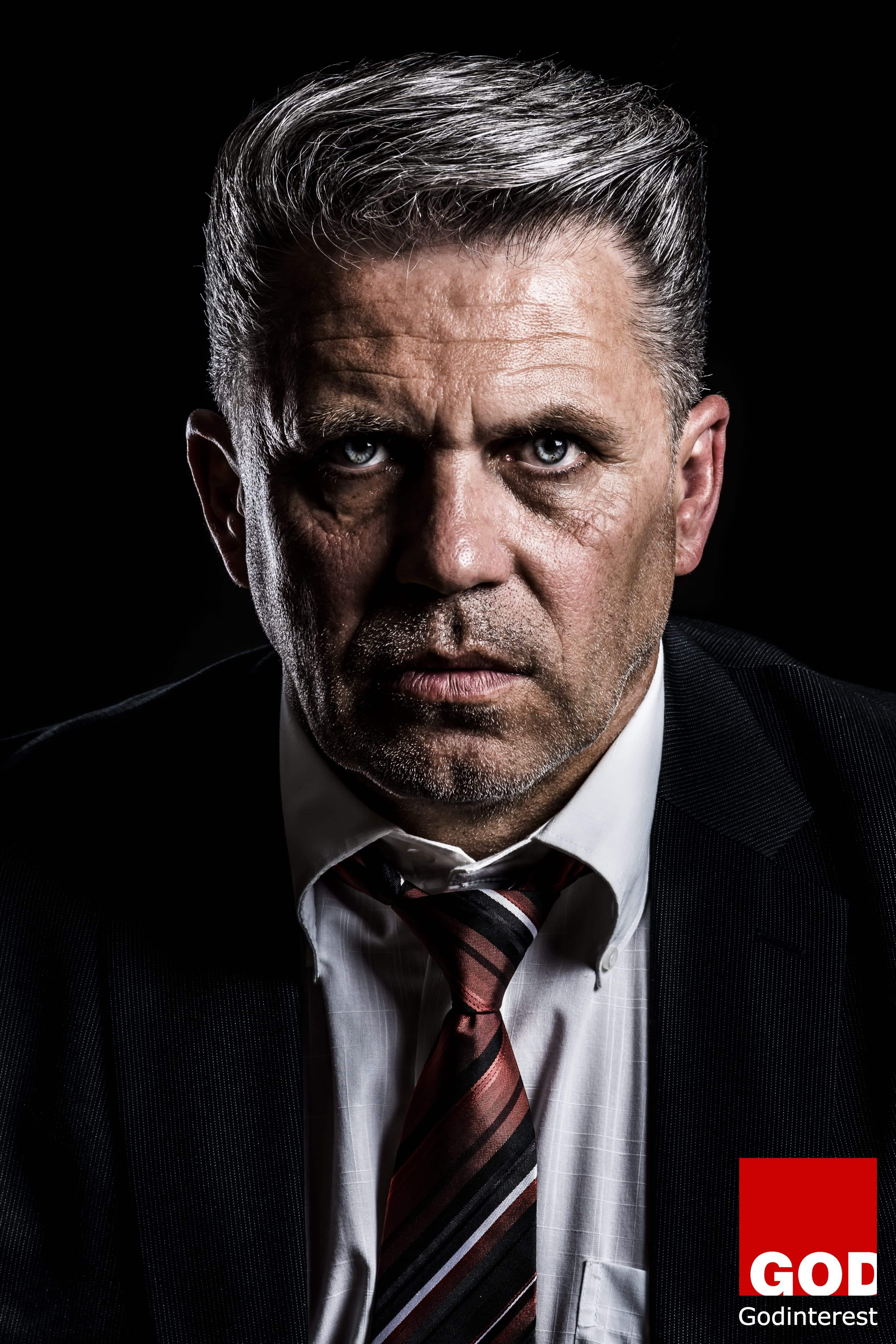Most days I moonlight as a lube technician/oil change guy. It’s how I pay my bills. It’s during this wonderfully flexible job that I hear some of the most uninformed people making crazy declarations they believe to be truth. They will stand on sinking sand and claim that they are perched on the mountain.
I was helping one customer when I recommended that something on his vehicle be serviced. It was the rear differential oil (for those of you who know what that is), and it looked like it had water in it. (For those that don’t know, you never want water in any of your vehicle fluids). When he realized what I was showing him, he declared with gusto, “Warranty will take care of that!”
Unfortunately, and this customer will soon find out, that isn’t how vehicle warranty works. And the same is true for our salvation.
When you buy a vehicle, new or used, most car dealerships will include some kind of warranty. Sometimes it is for 5 years, others offer 7. In rare case, a dealership will offer you “lifetime warranty”. What is often missed or misunderstood are the conditions in which warranty works.
Just because something breaks on your car doesn’t guarantee that warranty will cover it. Some warranties are only for the engine. Some are strictly for the transmission. There are other warranties, with their clever wording and clauses in fine print, that will expire at a certain time or mileage, whichever comes first. Even with these restrictions, you are not guaranteed a new engine under warranty should it break down. You may still have time and mileage before your warranty runs out, but you may not get the repair done for free.
When you buy your vehicle, you sign a contract stating that you will maintain the vehicle. You will change the oil in the engine. You will make sure that there is oil in the transmission. You will make sure that there is no water in any of the vehicle fluids, so not to rust out important moving parts.
If you don’t maintain your vehicle, or if you don’t pay someone to do these check and changes for you, there is the very real possibility that your warranty will be void. It will be no good. You will make a claim, saying that your engine is broken, but if they find out that you never changed the oil, it won’t matter. Your warranty won’t cover it. You will have violated the rules and arrangements you signed and stated you would follow.
Some people believe that when you accept Jesus Christ as your Lord and Savior that life will suddenly become easier. “Jesus is Lord, he’s the master of my life. He’ll fix everything” is a the assumption. Because we have this salvation, a “deal” with God, that suddenly everything is taken care of. “There is nothing more that I have to do now that I am saved.”
This idea about salvation is just as wrong as vehicle warranty.
This isn’t a downplaying of salvation or the importance of it. But saying a few words or the Sinner’s Prayer doesn’t grant us a problem-free life. Praying a prayer, asking Christ to be your Lord and Savior is about entering into a relationship. It’s like the signing of an agreement. It’s the start, it’s the beginning of a kind of deal that requires your involvement, something like having vehicle warranty. You have a part to play, there are things for you do to, and you need to be aware of that. Whether you are evanglizing to other people or processing your own faith journey, you need to know that warranty and salvation aren’t enough. That isn’t the end. It is just the beginning.
Salvation Calls You To Work
“What good is it, my brothers and sisters, if someone claims to have faith but has no deeds? Can such faith save them? Suppose a brother or a sister is without clothes and daily food. If one of you says to them, “Go in peace; keep warm and well fed,” but does nothing about their physical needs, what good is it? In the same way, faith by itself, if it is not accompanied by action, is dead. But someone will say,
“You have faith; I have deeds.” Show me your faith without deeds, and I will show you my faith by my deeds.”- James 2:14-18
The letter from James says that saving faith is the start, but it doesn’t end there. Simply believing, having found salvation in Jesus Christ is not enough. Salvation, this spiritual deal with Jesus, isn’t a guarantee that doesn’t require anything of us. On the contrary, it demands that you act.
Salvation needs to be followed up by works. James says, “I will show you my faith by my deeds.” I will prove to you that I have salvation through faith in Christ, and the proof is in what I am doing. I cannot sit still and simply hold on to this salvation. I have to demonstrate it to the world. That is what I must do. That is part of the deal.
This isn’t to say that we are forced to do good deeds. Christ doesn’t become a taskmaster, whipping us into doing these things. Doing good deeds should be an expression of our faith, a visualization of the joy that we found and want to share with the world.
Salvation doesn’t give us a free pass to be complacent or inactive. In fact, it should drive us to be that much more active. Show the world the faith, the salvation that you have found through good works.
Salvation Provokes You To Growth
I’ve talked about salvation being similar to signing a contract or making a deal, but that is a very poor analogy. The truth is that salvation is a part of the relationship with God that we get to have because of faith in Jesus Christ.
With every relationship though comes a challenge. We need to grow. Staying at the beginning of the relationship will not work. You have to mature, get to know the other person in the relationship. You have to figure out what they like and don’t like, even if that other person is God.
The Apostle Paul knew that being at the beginning of a relationship, like being a kid, was fine for a time (1 Cor. 13:11). But you can’t stay a kid forever, nor can you live forever at the beginning of a relationship. Even with God. You have to grow past the point of salvation, into deeper relationship with God.
What might that look like? Paul answers that question a few verses later.
“Follow the way of love and eagerly desire gifts of the Spirit, especially prophecy.”- 1 Corinthians 14:1
To start to grow in relationship, to move beyond the beginning, we need to follow the way of love and desire the gifts of the Spirit. The way of love is found in Jesus. The way he lived, the things that he spoke of when he was on the earth, these are the things that we need to be following and living out. Praying for those that persecute us. Giving to those that are in need. These are just a few of the ways to follow the way of love.
These are the things that we should be seeking. These are the evidence that our relationship with God is not stagnant, that it is not still at the beginning. The fruit of the Spirit, as it grows and develops in your life, is evidence that you are maturing from a child into an adult. You are responding to the salvation you found in Christ, and seeping your relationship with God.
A relationship with depth is far superior to any kind of deal or contract signed. Seek a deep relationship with God.
This article first appeared at Christian Thought Sandbox.


















